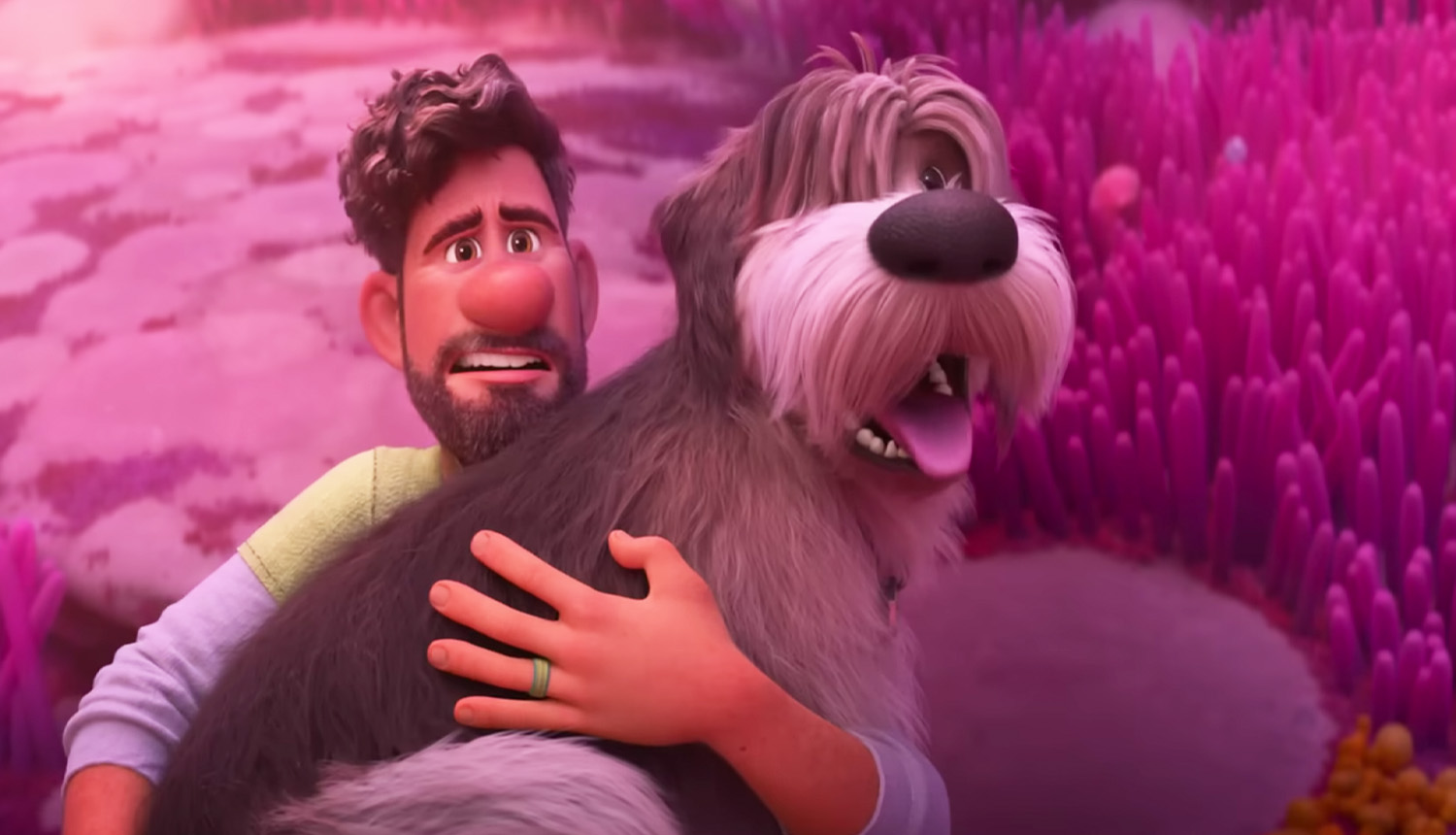Disney’s ‘Strange World’ Offers a Solution to Climate Change You Probably Don’t Want to Hear

Disney’s newest animated feature film, Strange World, quietly came and went last month, with many moviegoers not even realizing it had been released until they heard that it had flopped. Overall, the film is a tragic waste of potential. It has a diverse cast and Disney’s first gay lead in a feature film, but none of the characters are very interesting, and the second act is positively mind-numbing. If you can look past those problems, though, the ending is surprisingly provocative.
The Strange World ending, explained
In Strange World, the Clades (Jaboukie Young-White, Jake Gyllenhaal, Dennis Quaid, and Gabrielle Union) journey to a subterranean world to save Pando, the organic energy source they’ve been farming for 25 years. At the end of their travels, they discover that their entire civilization, Avalonia, is perched on the shell of a colossal sea turtle. The underworld is the turtle’s insides, and Pando is actually a parasite that’s killing it.
The Clades realize that in order to save their world, they have to destroy Pando, robbing their society of the electricity and transportation that everyone has come to take for granted.
Of course, the other characters don’t like that idea, and the movie gives us the obligatory struggle for control of their airship. After that, though … they do it. They pull the trigger. They break open Pando’s hard shell so that the turtle’s immune cells can destroy it. There’s no compromise, no last-minute solution, just a grim joke about going home to face “no power, cold coffee, and angry masses.”
They do start to figure out an alternative energy source at the very end of the film, but what’s significant is that they decide—in a heartbeat—that it’s worth going cold turkey in order to save the world. As the Clades settle back into their lives in Avalonia, they’re surrounded by the hot air balloons and other preindustrial tools that they used before discovering Pando. “Although we can’t live like we did in the past,” Ethan (Young-White) says in a voiceover, “we’ve now given ourselves a better chance at a future.”
Strange World might be a kids’ movie, but here’s what makes Avalonia’s solution to the Pando problem so provocative: It’s what some ecologists are saying we need to do in real life.
Researchers suggest that even clean energy won’t stop climate change
Back in the ’80s and ’90s, there was a mantra everyone repeated to try and save the Earth: “Reduce, Reuse, Recycle.” Gradually, though, the “reduce” part conveniently fell off the radar.
Although renewable energies like solar and wind power are important tools in the fight against climate change, over the years multiple researchers have found that they aren’t enough for industrialized nations to continue consuming energy at their current rate.
Back in 2008, Scott Kellogg and Stacy Pettigrew sounded the alarm in their book Toolbox for Sustainable City Living. Kellogg and Pettigrew wrote that, “At present levels of consumption, there are no sustainable energy sources available for the world today. No other fuel source presently known is capable of providing anywhere near oil’s net return of energy. Even if the planet was covered with solar panels and windmills, it still wouldn’t meet the needs of an economy based on infinite expansion …. When the massive energy inputs required by today’s world are no longer available, humanity will be forced to transition to a low-energy society.” Dust off your hot air balloons, everyone.
Hold on, you may be thinking. 2008 was so long ago! Surely they’ve figured it all out since then, haven’t they?
No, they haven’t. They really haven’t. In her book The Story of More: How We Got to Climate Change and Where to Go From Here (2020), biologist Hope Jahren writes that in order to reduce global carbon dioxide emissions, wealthy regions of the world like North America and Europe have to slash their energy consumption. Not shift it to another energy source—slash it. “Each American would need to forgo four out of every five plane rides and travel using mass transportation at least fifty times farther each year than they do now,” Jahren writes. “The United States as a whole would have to get rid of at least 30% of its motor vehicles, and the resultant effect on the trucking industry would require that we eat and shop from an entirely different set of goods.”
However, Jahren points out, that reduction in energy use wouldn’t translate to a lower quality of life. Our levels of comfort and happiness would be about on par with Switzerland in the 1960s.
The point here is that there’s no magic energy source that’s going to allow those of us in industrialized nations to keep living the way we’ve been living. And honestly, why do we want to keep living like this? Are the mountains of plastic trinkets, fast fashion, and disposable electronics really worth it? How about all those hours we spend stuck in traffic or glued to our screens? The sacrifices experts are calling on our societies to make don’t actually sound that bad, especially when you look at the particulars.
At the end of Strange World, the Avalonians look pretty content. They’re fed, they’re safe, they’re healthy, and they’re thriving. Many citizens of wealthy nations balk at the idea of giving up the toys and comforts we’ve come to see as our birthright, but when we have to choose between more consumption or a livable future, our choice should be as easy as the Clades’.
(featured image: Disney)
Have a tip we should know? [email protected]
